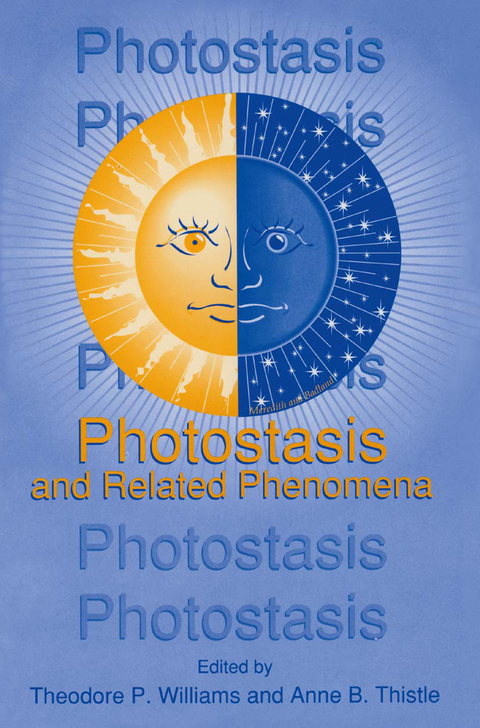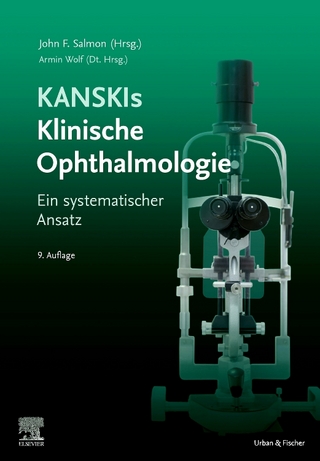
Photostasis and Related Phenomena
Kluwer Academic/Plenum Publishers (Verlag)
978-0-306-45806-4 (ISBN)
1. Early Studies of the Photostasis Phenomenon: Retinal Adaptation to the Light Environment.- 2. Light History and Photostasis: What Is a “Normal” Rat Retina?.- 3. Hints of Photostasis in Invertebrates.- 4. Regulation of Rhodopsin Expression in Rhabdomeral Photoreceptors: Functional Analysis of the? Flanking Region of the Calliphora Rh1 Opsin Gene.- 5. Rod Outer Segment (ROS) Renewal: An Underlying Mechanism for Maintaining Photostasis.- 6. Environmental Light and Age-Related Changes in Retinal Proteins.- 7. The Origin of the Major Rod- and Cone-Driven Components of the Rodent Electroretinogram and the Effect of Age and Light-Rearing History on the Magnitude of These Components.- 8. Effects of Photoresponse Prolongation on Retinal Rods of Transgenic Mice.- 9. Photostasis: Implications for Pineal, Circadian, and Visual Photosensitivity.- 10. Circadian Regulation of Vertebrate Photoreceptors: Rhythms in the Gating of Cationic Channels.- 11. Photoreceptor Development and Photostasis.- 12. Photostasis and Beyond: Where Adaptation Ends.- 13. Photostasis in Plants: Mechanisms and Regulation.
| Erscheint lt. Verlag | 31.5.1998 |
|---|---|
| Zusatzinfo | XII, 225 p. |
| Verlagsort | New York |
| Sprache | englisch |
| Maße | 156 x 234 mm |
| Themenwelt | Medizin / Pharmazie ► Medizinische Fachgebiete ► Augenheilkunde |
| Medizin / Pharmazie ► Medizinische Fachgebiete ► Neurologie | |
| Medizin / Pharmazie ► Medizinische Fachgebiete ► Pharmakologie / Pharmakotherapie | |
| Naturwissenschaften ► Biologie ► Zoologie | |
| ISBN-10 | 0-306-45806-3 / 0306458063 |
| ISBN-13 | 978-0-306-45806-4 / 9780306458064 |
| Zustand | Neuware |
| Haben Sie eine Frage zum Produkt? |
aus dem Bereich


